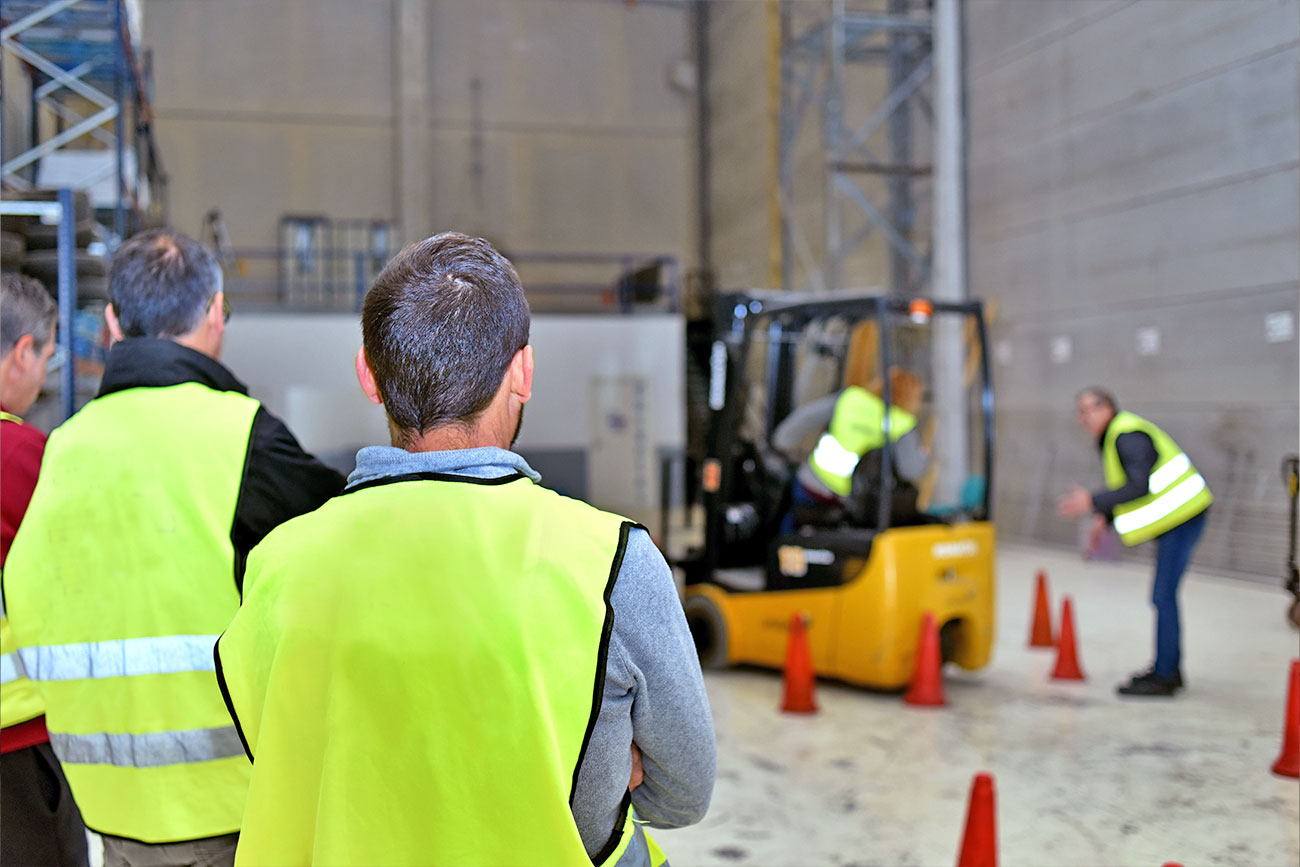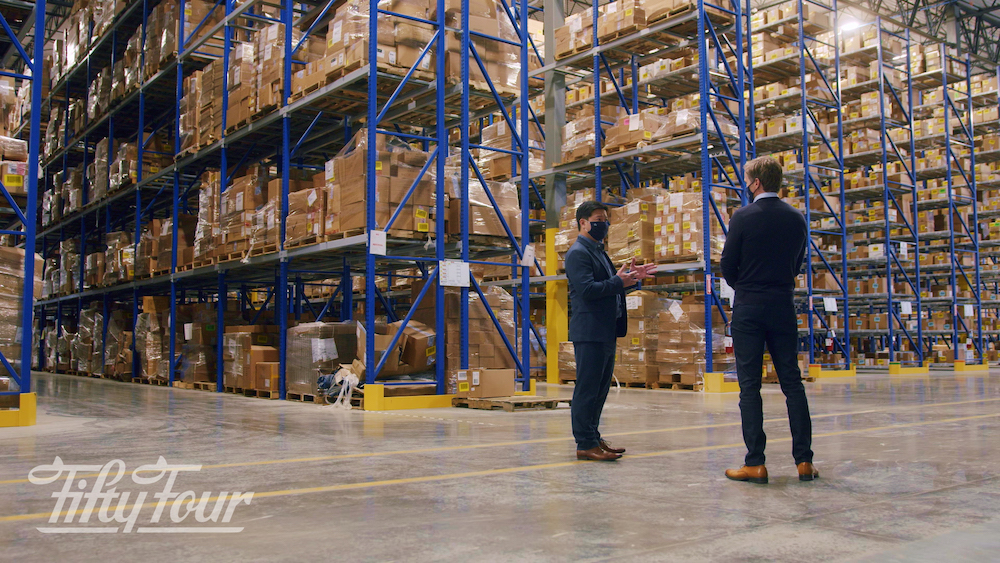
Monitoring warehouse metrics is essential for any organization aiming to achieve optimal efficiency, accuracy, and customer satisfaction within their supply chain operations. By systematically tracking key performance indicators (KPIs), businesses can gain valuable insights into various facets of their warehouse management, from inventory control and order fulfillment to workforce productivity and safety standards. These metrics not only provide a quantitative assessment of performance but also serve as critical tools for identifying areas of improvement, streamlining processes, and making informed decisions to enhance overall operational effectiveness. In a competitive market where timely delivery and operational excellence are paramount, selecting and monitoring the best warehouse metrics ensures that businesses can maintain high standards of service while continuously evolving to meet the dynamic demands of their customers and markets.

Warehouse Receiving Dock KPI’s
One of the most important KPIs to monitor is at the warehouse receiving dock. Basically, this is where it all begins. The time and labor spent at the receiving dock can affect the entire operation from arrival, unloading, inspecting, documenting, transporting and storing the product. Analyzing the time a truck with their shipment spends at the receiving dock and how long it takes to process product can indicate where bottlenecks can be remedied. Ensuring the product is transported to the appropriate storage space will save time and therefore labor costs when it is ready to be shipped. It is essential that products are accessible for picking, labeling, packing and shipping in a timely manner.
Manually calculating the cost of each receiving dock’s processes divided by the number of products received per dock can provide an estimate of the rate of return. To evaluate how efficient the receiving process is in utilizing labor, divide the inventory volume received at each receiving dock by the number of hours logged by the workers. Ensuring the cycle time of when the shipment is received until it is stored or distributed is an important factor at the start of the receiving process. If there are delays due to labor shortages, that can affect the accuracy and speed of the process. The time spent sorting divided by the value of the product is a good indicator that a solution should be generated.
The accuracy of a shipment can also be measured by the number of products received divided by the number of products expected and multiplying by 100. Determining how effectively the receiving docks are utilized can prevent scheduling issues with incoming and outgoing shipments. Dividing the time the doors are used by the available time can give a good scenario of better utilization of the receiving docks. Calculating the costs of tasks moving product from the receiving dock to storage includes labor, material handling and equipment costs. The productivity and accuracy of these processes can also be measured. To calculate the storing process or put away cycle, record the time from start to finish and subtract the start time from the finish time. Looking at each task in the receiving process will determine exactly what needs to be streamlined to ensure productivity and efficiency.
Warehouse Performance Metrics
All material handling processes should be broken down and each one subject to KPI monitoring. Measuring the cost of inventory against how fast it can be moved and shipped is important. The cost of inventory can include capital cost of the infrastructure, risk of damaged product, labor costs to move the product and whether overstocking or delay in shipping is an issue. To calculate the carrying cost of inventory, divide the sum of the inventory held by the total value and multiply by 100 to get a percentage of the inventory value.
Evaluating the optimization of storage space can identify if the space is being fully utilized and if product storage is maximized while being easy to reach when it comes to the picking process. By monitoring this KPI, increased throughput and reduced material handling is possible. Divide the utilized space by the total storage capacity and multiply by 100 to get the productivity percentage.
Monitoring the order-picking process for accuracy and distance is very important to reduce delays and improve the return on investment. Picking, labeling and packing KPIs can all be calculated by totaling the labor costs and indirect costs per order and divide by the sum of total orders. Calculate labor costs by multiplying the time spent by the hourly rate of the workers. Once the product is ready for distribution the whole process can be analyzed for order fulfillment accuracy, on-time delivery and inventory tracking. It is also important to assess the efficiency and accuracy in handling returns and damaged products.
Equipment Execution KPIs
Data monitoring for forklifts, conveyor systems and other equipment that moves or travels in a warehouse is easily achieved. Advances in technology and telemetrics integrated into machinery have proven to increase productivity. Knowing that the operation of all moving components can be measured for efficiency resulting in a reduction in costs will be the focus of operators and management. Collection of data about the functionality of the equipment and the reports generated can reveal issues that can be improved. For instance, data gathered about a forklift can include speed, hours operated, fuel utilization, accidents caused by impacts and down time. Technology can be integrated into order pickers, reach trucks, pallet jacks and other material handling equipment. Automated storage and retrieval systems are highly effective in maintaining operator safety and productivity. The reports generated can assist with implementing solutions that will enhance the warehouse operation. In the absence of technology monitoring of the equipment, calculate the percentage of equipment utilization by dividing the labor hours worked by the available labor hours and multiply by 100.
Housekeeping Functions Data
There are numerous other functions in warehouse operations that need to be monitored. For instance, the general housekeeping tasks can be examined and evaluated. Sweeping and scrubbing schedules should be adhered to using best practices to cut labor time and inefficient use of the equipment is essential. In order for the forklifts and conveyors to operate effectively, the warehouse floors should be free of debris and clutter. Other spaces and all equipment in the warehouse must be cleaned properly. In addition to those tasks, utility usage and the use of space should be monitored. Being cognizant of the utility costs in relation to the ongoing warehouse operation can help save money if the equipment and operators are working smarter. Ensuring the warehouse space is being used to its best potential and that offices and empty spaces are fully utilized results in less wasted space.

Worker Training and Safety Measurements
Warehouse safety is a top priority in ensuring the welfare of the workers. Effectiveness of safety protocols and practices can be measured. Comprehensive safety training for all workers will help with maintaining a well-run warehouse operation. An important KPI is to track the accidents and safety incidents in the warehouse. Prominently displaying the results of the time since the last accident or incident occurred is important for the workers to see on a daily basis. Integrating automated systems into the warehouse operation has proven to elevate worker safety.
In Summary of Best Warehouse Metrics To Monitor
Measuring KPIs on a regular basis can improve warehouse efficiency. Comparing the KPIs of similar warehouse operations can provide key insights into the competition and how to stay ahead of the issues to exceed customer satisfaction and a positive return for the bottom line. Technology integration into the operations with reporting systems will enhance safety and OSHA compliance.
54 Intralogistics offers integrated solutions and warehouse automation to help maximize the efficiency and profitability of your warehouse. Our experts can assist with installing warehouse management systems to help measure KPI’s at your operation.
